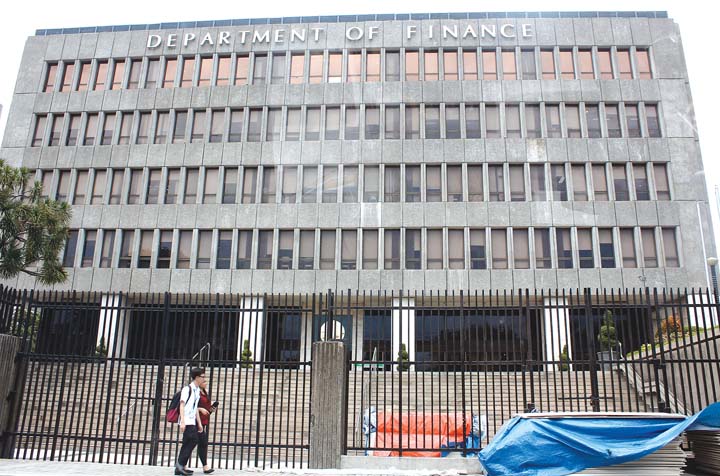
Who can forget
- Enron Scandal (2001)
A Houston-based commodities, energy and service corporation had an accounting scandal where its CEO Jeff Skilling and former CEO Ken Lay kept huge debts off balance sheets. Lay passed before serving time while Skilling was sentenced 24 years in prison. The company filed for bankruptcy. Shareholders lost $74 billion, thousands of employees and investors lost their retirement accounts, and many employees lost their jobs.
The scandal led to the demise of the major accounting firm, Arthur Andersen, and per reports, the accounting firm was found guilty of fudging Enron’s accounts.
The US legislators worked on the Sarbanes-Oxley Act, a law that brought about sweeping reforms in the practice of accountancy.
- WorldCom Scandal (2002)
A telecommunications company was reported to have inflated assets by as much as $11 billion, leading to 30,000 lost jobs and $180 billion in losses for investors. Its CEO Bernie Ebbers was the key player. Line costs were underreported by capitalizing them instead of expensing and at the same time, revenues were inflated thru fake accounting entries. Internal audit uncovered $3.8 billion of fraud. CFO was fired, controller resigned, and the company filed for bankruptcy. Ebbers was sentenced to 25 years for fraud, conspiracy and filing false documents with regulators.
- Freddie Mac (2003)
A Federally backed mortgage-financing giant, it was reported to have misstated $5 billion in earnings with the President/COO David Glenn, Chairman and CEO Leland Brendsel, ex-CFO Vaughn Clarke, former Senior VPs Robert Dean and Nazir Dossani as major players.
- American International Group (AIG) Scandal (2005)
The multinational insurance corporation’s CEO Hank Greenberg was reported to have booked loans as revenues, steered clients to insurers with whom AIG had payoff agreements, and told traders to inflate AIG stock price. The company settled with regulators and Greenberg was fired.
- Lehman Brothers Scandal (2008)
A global financial-services firm was reported to hide over $50 billion in loans. The Lehman executives and the company’s auditors were noted to be the main players. It was alleged that the company sold toxic assets to Cayman Island banks with the understanding that they would be bought back. It made the impression that Lehman had $50 billion more cash and $50 billion less in toxic assets than it really did. The company went bankrupt; it may have been the largest one in US history.
- Satyam Scandal (2009)
An Indian IT services and back-office accounting firm led by its Founder and Chairman Ramalinga Raju was reported to have falsely boosted revenue by $1.5 billion through falsified revenues, margins and cash balances to the tune of 50 billion rupees. Raju admitted the fraud in a letter to the company’s board of directors.
Raju and his brother were charged with breach of trust, conspiracy, cheating and falsification of records but were released after the Central Bureau of Investigation failed to file charges on time.
Note: Recall of cases based on Internet research.
The present decade is not exempt from similar occurrences, though the magnitudes and extent of damages may not be comparable to some of the cited cases. The International Forum of Independent Audit Regulators (IFIAR), a group of national audit regulators including the Public Company Accounting Oversight Board (PCAOB) in the US and the Financial Reporting Council in the UK, reported findings from 918 audits of listed public companies performed by 120 audit firms, and found that 40 percent of the audits inspected had at least one finding.
The two areas with the highest rate and greatest number of findings in the 2017 survey, which was released in March 2018 by IFIAR, were accounting estimates and internal control testing. In recent years, revenue recognition has traditionally been an area with a high number and rate of findings. In the latest survey, however, revenue recognition findings levels were comparatively lower. (Adopted from the IFAC / Dow Jones Digest, March 19, 2018.)
A lot of queries may have been raised with no ready answers then, and even now. The accounting profession is guided by a Code of Ethics, a well-crafted guidepost for the accountants. (An e-Code will soon be available.) Pertinent laws on business conduct exist and justice is supposed to be evenly applied. Regulators are now more vigilant and proactive, but still we wonder: have we already seen the last of the major accounting scandals?
****
Dr. Conchita L. Manabat is the president of the Development Center for Finance, a joint undertaking between Finex Foundation and the UP Virata School of Business. A past president of Finex and past chairman of the International Association of Financial Executives Institutes (IAFEI), she is now the chairman of the Advisory Council of the said organization. She is also a member of the Consultative Advisory Groups (CAGs) of the International Auditing & Assurance Standards Board (IAASB) and the International Ethics Standards Board for Accountants (IESBA). She can be reached at clm@clmanabat.com.
























